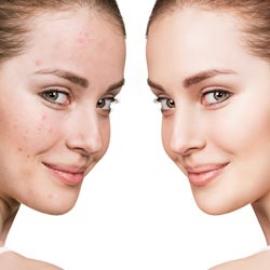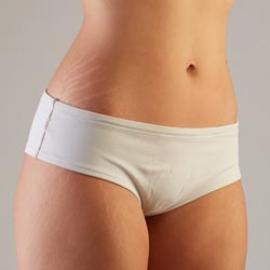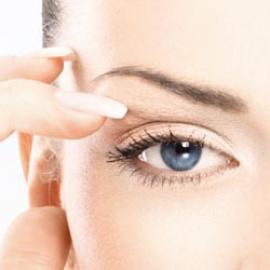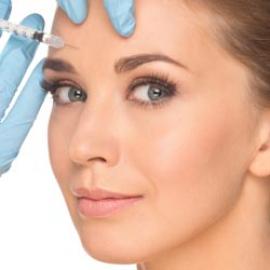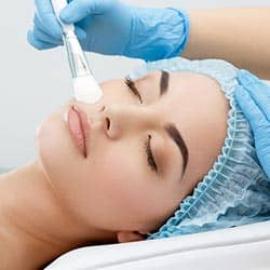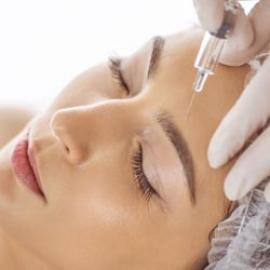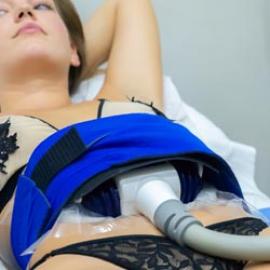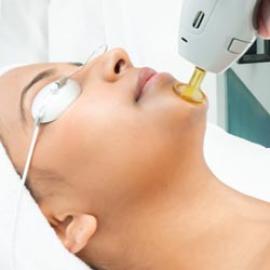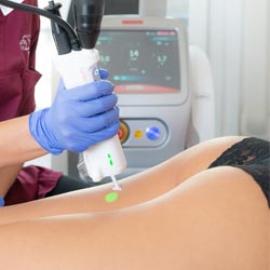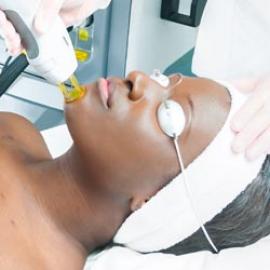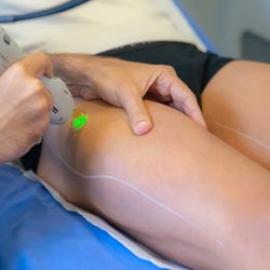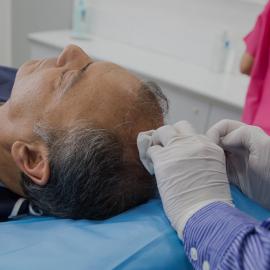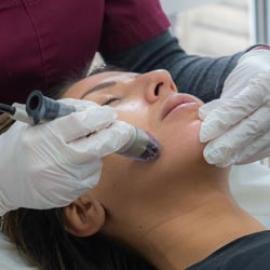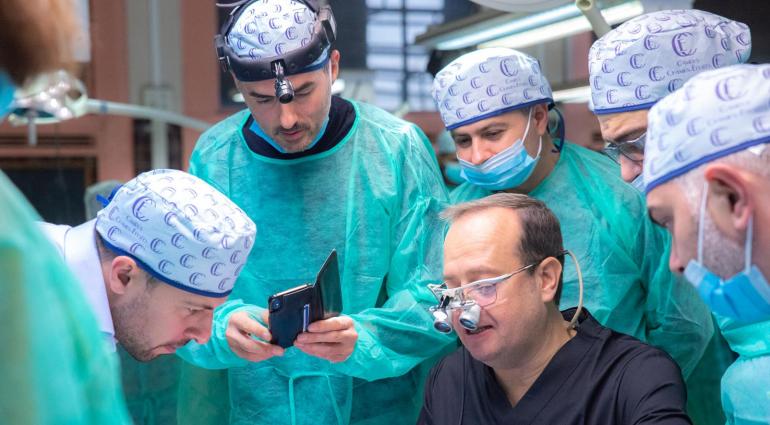
Time, pregnancy, fluctuations in weight... All these factors can change the shape of your body, especially the shape of your breasts. One of the most challenging transitions for women to cope with is breast ptosis or sagging breasts. What's a breast ptosis? What are its causes and, most importantly, how can they be treated?
Breast ptosis: what is it?
Breast ptosis is caused by drooping mammary gland and slackening of the skin. It occurs when the mammary gland slides down to the lower part of the breast, which means that the upper part is empty and the nipples are too low.
There are various degrees of breast ptosis that lead to different forms of scars:
- Slight ptosis: the breast is beginning to sag and the nipple is located on a level with the fold under the breast.
- Moderate ptosis: the nipple is slightly angled downwards and below the fold under the breast.
- Severe ptosis: the areola is below the fold underneath the breast and the nipples are pointing downwards.
The purpose of classifying the ptosis as such is to allow the treatment of your breast ptosis to be tailored to your needs. As a consequence, the size of your scars will depend on the severity of your ptosis: an upside down T, an anchor, or an areola.
Causes of breast ptosis
There are many causes of breast ptosis, including hormonal variation, weight fluctuations and sagging of the skin over time. In all of these situations, breast ptosis is a cause of insecurity. As a result, several women opt to get plastic surgery to fix their sagging breasts and re-create a shapely, revamped bust.
Substantial weight gain
Excess pounds are distributed throughout the body, including the chest, where fat can make up to 80% of the breast size. Excessive breast tissue can cause the skin to sag. As a consequence, the skin can no longer do its job of containing the tissues. The skin sack then sags and the chest droops.
Reducing glandular tissue
After a substantial weight loss, the upper part of the breast may appear 'empty,' with a distended flap of skin that is disproportionate to its contents. Hormones have an influence on the mammary gland, particularly during pregnancy or menopause.
During pregnancy, breast ducts are enlarged to prepare for breastfeeding. After weaning, the mammary ducts will shrink again and the breast will go back to its original size.
During menopause, the glandular tissue shrinks and is supplanted by fatty tissue.
Sagging skin
Your skin's qualities impact whether breast ptosis occurs or not. Elastic skin will lower the risk of breast ptosis, while delicate skin will become unable to keep supporting the breast tissue.
The skin loses its elasticity and firmness with age. This means the breasts tend to sag, as the skin can no longer effectively support the breast within.
Treating breast ptosis: mastopexy
Breast ptosis can only be treated with a breast lift known as mastopexy. The object of this procedure is to firm up your bust when it begins to sag. It raises the drooping breasts, fills the hollow areas of your cleavage, and reshapes the form and firmness of your chest.














